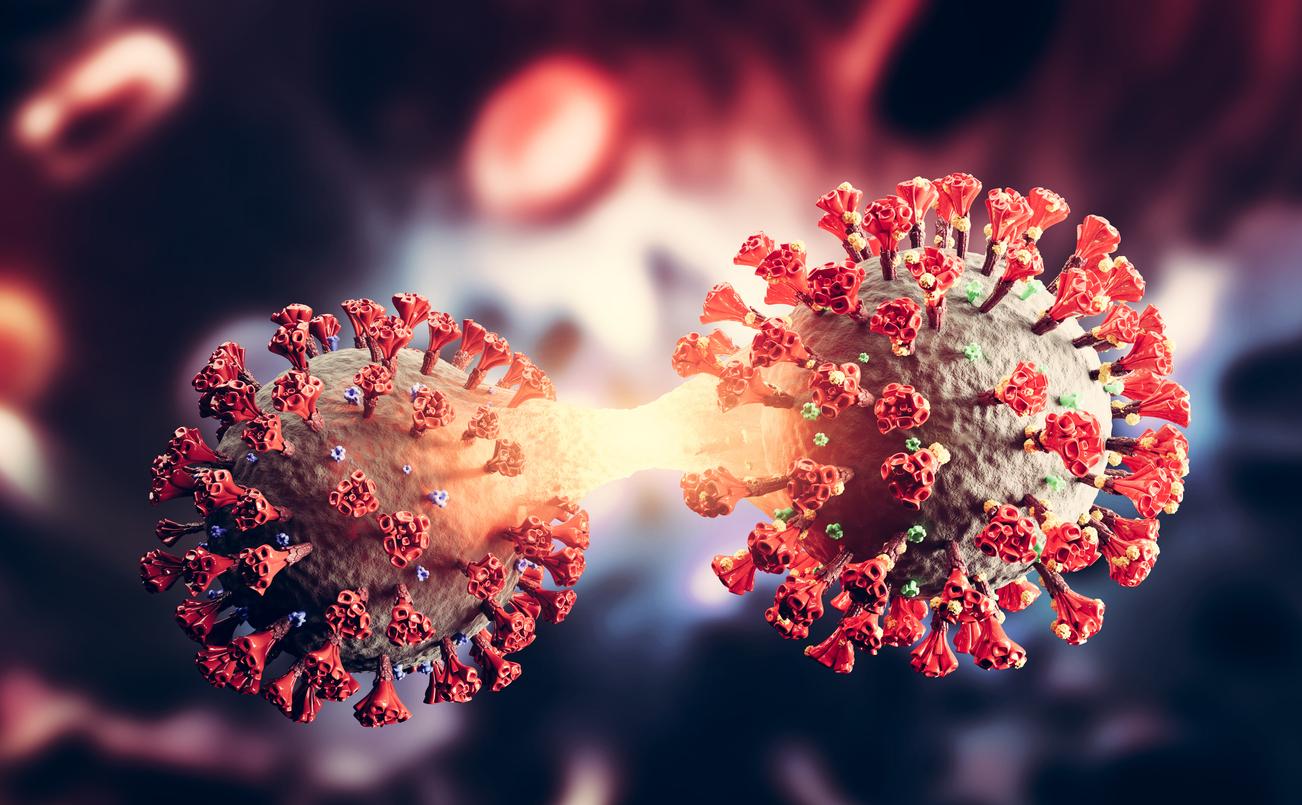As part of its mission to support the management of the health crisis, the Department of Research, Studies, Evaluation and Statistics (DREES) monitors the number of positive cases for covid-19, hospital admissions and deaths due to the 4e wave of the covid-19 epidemic. The latest statistics published, established between October 25 and 31, indicate that at a comparable population size, there are approximately 9 times more critical care admissions among people aged 20 and over who have not been vaccinated than among those who are fully vaccinated (i.e. having received a second dose for more than 7 days, or even a 3rd dose).
During this period, the number of critical care admissions remained stable among unvaccinated people: 29 per 1 million people aged 20 or over. In vaccinated people, on the other hand, it is slightly increasing but still remains much more than 9 times lower: 3 people out of 1 million vaccinated.
In addition, in October, the DREEs recorded 52 deaths for 1 million unvaccinated people aged 20 or over, compared to 6 deaths for a million fully vaccinated people. “There are therefore approximately 9 times more deaths in unvaccinated people than in fully vaccinated people of comparable population size during the period considered” underlines the Drees in his press release.
Soon 75% of the population completely vaccinated
Nine months after the start of the vaccination campaign in Franthis, 51.5 million persons received at least one injection (i.e. 76.4% of the total population) and 50.4 million personarebut a complete vaccination schedule (i.e. 74.8% of the total population). But vaccination coverage (VC) varies according to age and departments. It is thus lower in the south-eastern quarter of France and particularly low in the overseas departments, according to data from Public Health France.
It should be noted that the vaccination coverage against covid-19 in France remains lower than that of other European countries such as Portugal (vaccination at least 1 dose: 88%, complete primary vaccination: 87%) and Spain (81% and 80 %). But it is higher than those of Belgium (74% and 73%), the United Kingdom (72%, 67%), the United States (65%, 56%) or Germany (68%, 65 %).
Read also :
- What do we know about the new atypical variant of Covid-19 detected in Brittany?
- Covid-19 symptoms: duration, what to do when you are vaccinated, when to take the test?


















